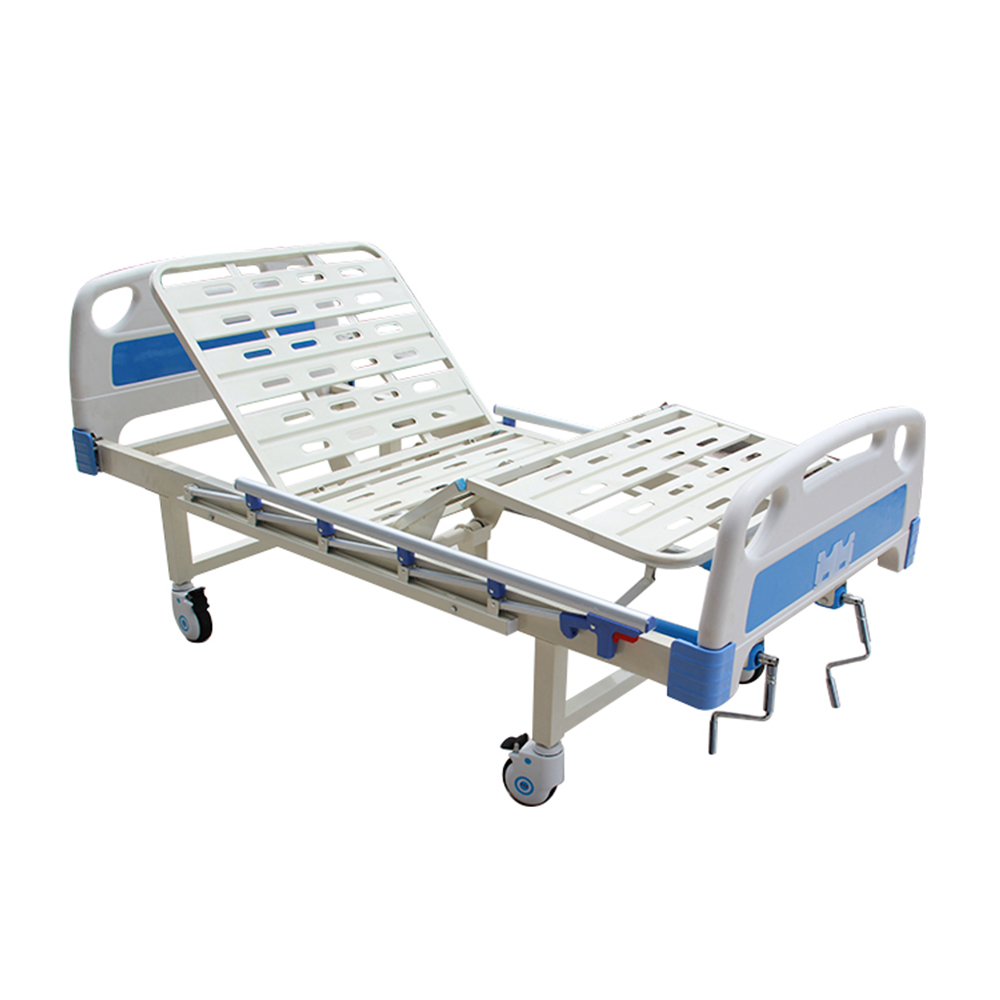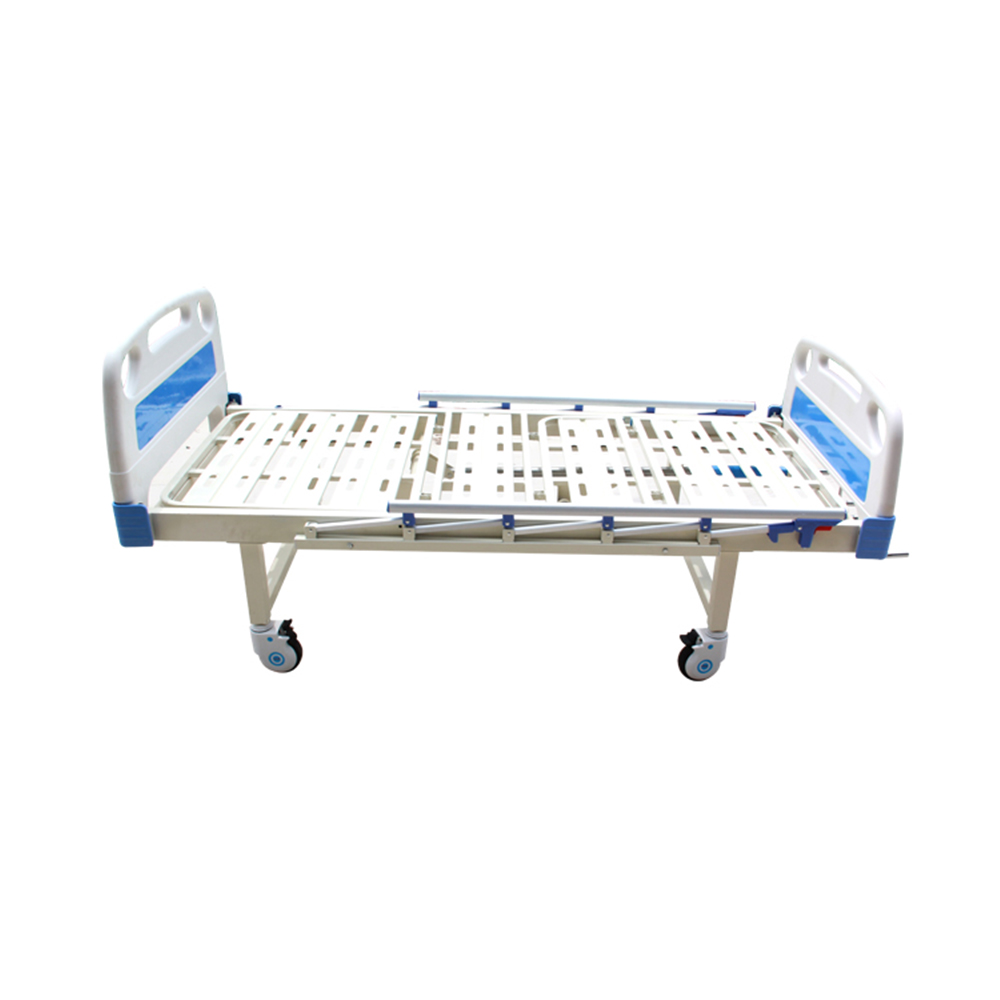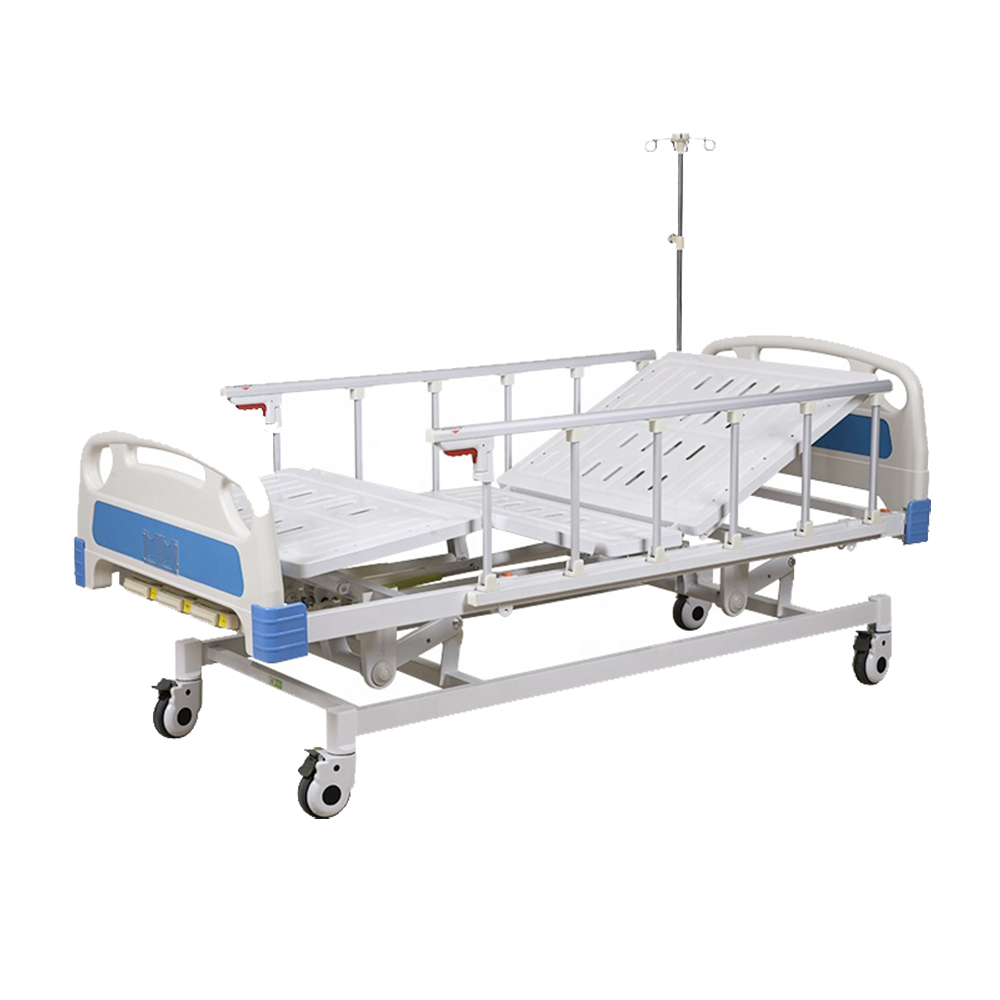On April 18, according to Forbes magazine, doctors will now see your future, and data can be used to predict which treatments are most effective for which patients. Clalit, Israel's largest medical service provider, used advanced analytics to create a predictive model that predicts who will be at the end of life in five years of dialysis in a seemingly healthy population.
Imagine you receive a gift that will let you see the future. Imagine that if you look at someone, you can know that something bad is about to happen to them. You can also do something to prevent these bad things from happening. What changes will happen in the medical and healthcare fields in a world where people can foresee the future?
In the future, you may not have to go to the doctor again, but will receive a call from the doctor one morning and tell you: "Hey, how are you this morning?" You would say "Great!" and then he replied: "Dear, please don't panic, but you will have a heart attack within 12 hours. So come to the hospital and let us cure you before the symptoms appear." Founding Director of the Clalit Institute of Israel Data Driven Health Innovation Center, World Health Organization consultant Lan Ballich said that I know this sounds a bit like science fiction, but it is not the case, and Israel has made similar progress.
In order to be able to seize the opportunity and proactively contact a seemingly healthy patient, you must predict which patient has a problem. Doctors use their years of experience to do this experiment, but the algorithm can make predictions more powerfully and efficiently. A few years ago, Clalit, Israel's largest medical service provider, used advanced analytics to create a predictive model that predicts who will be at the end of life in five years of dialysis in a seemingly healthy population. The model was developed based on digital health data from more than half of Israel's population for decades, and includes approximately 4.5 million patients, usually from birth to old age.
Health care provider Clalit intervenes in the high-risk patients they choose, requiring front-line doctors to reach out to these target groups. After this preemptive intervention, the dialysis cases of this group decreased significantly. Previous work to prevent readmissions through smart predictions showed a 12% reduction in readmission rates after predictive interventions. We are doing the same thing now, trying to prevent diabetes, pneumonia, and even cancer, but it will take years to measure the impact.
Electronic medical records and integrated data sets are key to predictive medicine
Doctors can benefit from the collective experience of millions of patients they have never seen before. Increasingly powerful computing power and advanced analytics, including machine learning and artificial intelligence tools, can scan large amounts of health data that spans geographic locations and even generations in huge repositories. They search for and find patients with similar symptoms and learn from their experiences, predict what will happen next, and develop the best course of action. This may be a near-perfect study group that matches you personally.
However, precise algorithms are not a substitute for good doctors. They will still see the disease, not the people around them. As the mathematician Cathy O 'Neil said in the TED talk: Don't treat the algorithm as a fair referee, they are not. The algorithm is just an idea embedded in the code. A truly personalized algorithm combines the patient's voice and defines the optimal solution based on what is most important to the patient, including pain relief, recovery, and life extension.
There are too many things in the world that can be missed, and many things are missed every day. Predictive algorithms can search and identify patients, who are like sitting in front of a doctor, and doctors can determine the best treatment from their recorded experience. The more data fusion, the stronger the predictive power, and the more precise the treatment of personalized medicine. This will be a real revolution: from a biological point of view, it is precise and personal. What does this mean for doctors? The road ahead is clear, and the era of slow and steady dependence on human clinical intuition is coming to an end, and the algorithm is used to predict treatment. The algorithm will become the touch of humanity, coupled with the empathy of patient preferences and needs, it will be the hallmark of great doctors of this era.
SHANGHAI ROCATTI BIOTECHNOLOGY Co., Ltd is a leading exporter and supplier of medical equipment in China. We are not only manufacturer of medical equipment but also we are professional on providing one-stop solution of hospital project, clinic project, Education University, laboratory, government tender as well as distributors. With more than 10 years of experience, our products have been exported to more than 100 countries and have obtained good reputations because of our competitive price, high quality products and excellent service.



Hospital Bed,Hospital Bed Automatic,Abs Hospital Bed,Manual Hospital Bed With Wheels
Shanghai Rocatti Biotechnology Co.,Ltd , https://www.shljdmedical.com